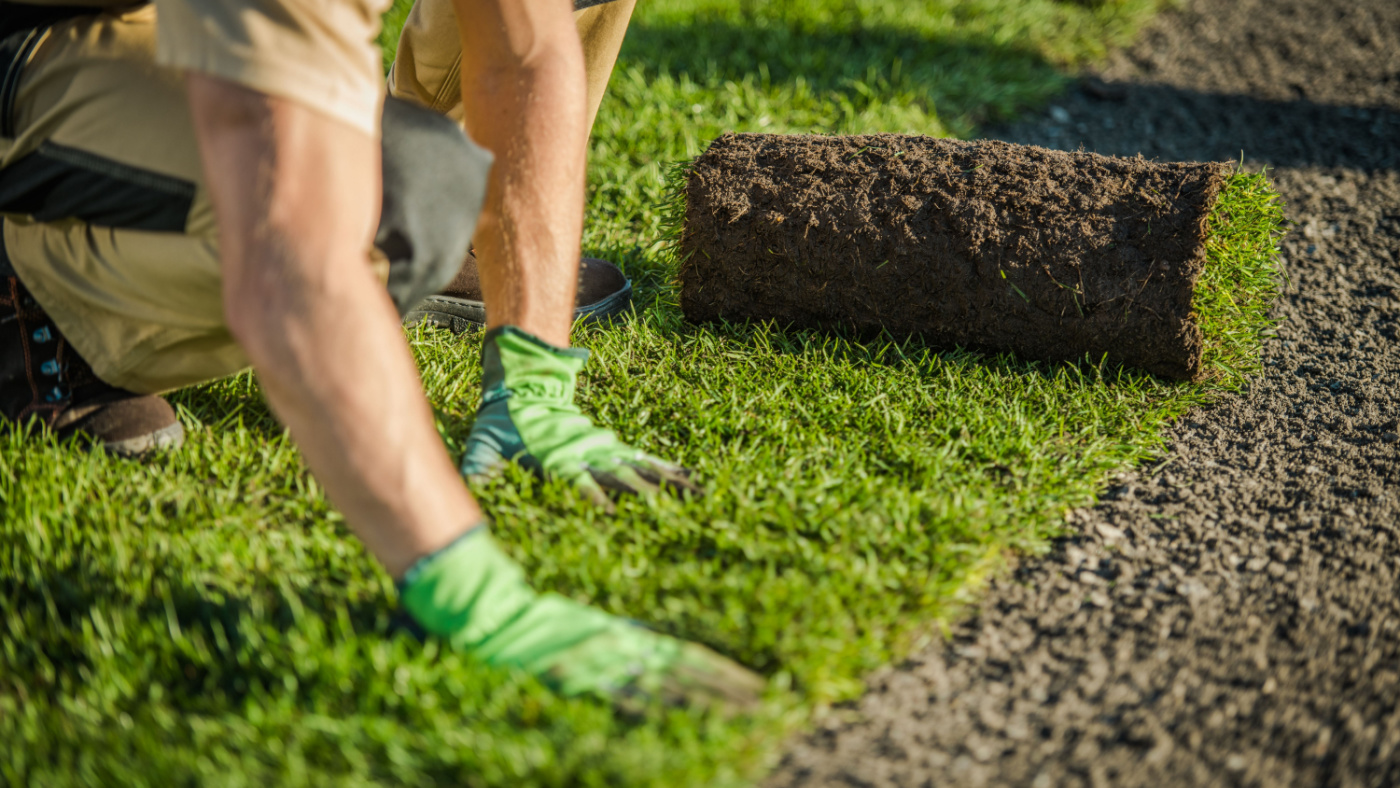The first thing that comes to mind when you think of pollinator habitat is a flower bed, fruit or tree orchard. A quarter wheat field wildflowers along the side of the road of flowering Bush a lot of turf grass.
There are some turf seeds that produce seed heads where dispersal or movement either through air currents or through pollinators may be impacted by pollinating insects.
Yet entomologist Terri Billeisen of North Carolina State University says a significant finding of pollinators, whether bees, butterflies, or wasps in a home lawn or golf course, is an indicator of…
…the general health or general balance in terms of insect populations within the system…
…both in the number of non-pollinator species living within a turf grass ecosystem, and the flowering plants species that surround a lawn or golf course such as a flower bed or date of grasses. So with insects and other beneficial species,both thriving in the grass along with the pollinators, Billeisen says best management practices regarding pesticides must be considered.
What you want to be mindful of is that you want to adapt management strategies that have the smallest impact not only just on pollinators, but on those other beneficial insect populations as well.
She says the general concept will be the same regardless of ecosystem or environment. Yet some best management practices are more feasible and more flexible in a particular lawn or golf course than others.
Is an application is absolutely necessary? Very often we see that damage is misdiagnosed and people incorrectly assume an insect is at fault, and so they make an insecticide application, theu’re products designed to kill insects. And so the application of those obviously is going to be something that we want to avoid right off the bat.
If application is needed, remove all flowerheads from weeds by hand, herbicide, or moving turf prior to the application. Also create a two-to-three-inch mulch buffer zone between flowering ornamentals, and treated turfgrass. Billeisen says in terms of when and how to apply pesticides, think like a pollinator.
They’re more likely to be active in the months June through August, whenever temperatures are consistently above 60 degrees Fahrenheit. So if you can avoid making applications then again, not always feasible, but whenever possible, that’s kind of the first step.
Other tips to minimize pesticide application include avoiding neonicotinoids around flowering shrubs and trees. Avoid application in windy conditions. And if possible, use a granular application versus sprays, dust and wettable powders.
And then choosing a less toxic insecticide class. The homeowner, if you go to the hardware store, there are certainly some products you can select that are going to be way less toxic to bees and others.


